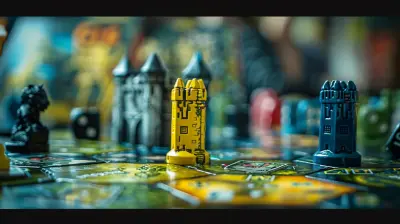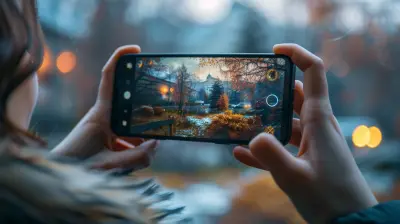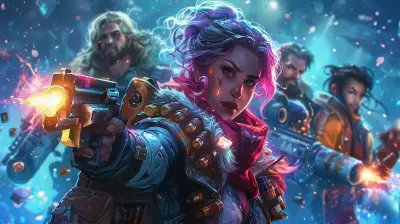JRPG Remakes: Reviving, Reimagining, and Rethinking Classics
21 July 2025
There’s something magical about JRPGs (Japanese Role-Playing Games), isn’t there? For countless gamers, these titles are more than just sophisticated systems of stats, quests, and battles—they’re unforgettable journeys filled with colorful characters, sprawling worlds, and emotional stories that stick with us long after the credits roll. But let’s be real: Some of these classics, as much as we love them, haven’t aged like fine wine. Their blocky graphics, clunky mechanics, and faded soundtracks don’t hold up in today’s world of slick, high-definition gaming.
Luckily, that’s where JRPG remakes step in. They arrive like a knight in shining armor, updating beloved titles for modern players while reminding us why we fell in love with them in the first place. But it’s not just about slapping on a fresh coat of paint. Oh, no. JRPG remakes are about reviving, reimagining, and, most importantly, rethinking these iconic games. Let’s break it all down together, shall we?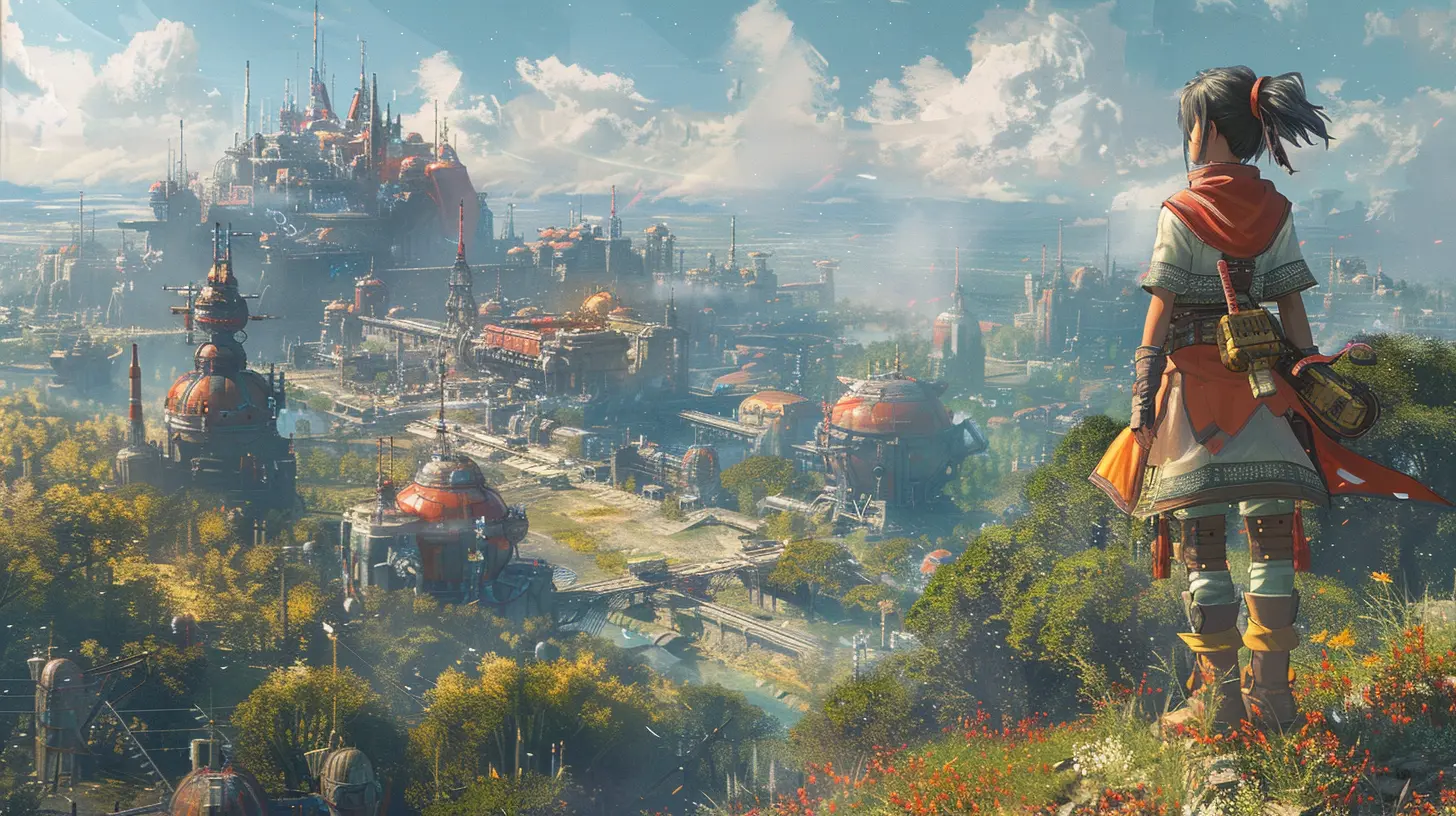
Why Do We Love JRPGs?
Before diving into remakes, let’s take a moment to appreciate JRPGs themselves. What makes these games so timeless? For starters, they hit us with tales that tug at the heartstrings—stories that often wrestle with big themes like love, sacrifice, and finding hope when everything feels lost. Whether it’s facing off against a villain bent on destroying the world or helping an unlikely group of heroes navigate their destinies, JRPGs know how to connect with players on an emotional level.And then there’s the gameplay—oh, the gameplay. Turn-based battles that feel like intricate puzzles, sprawling maps packed with hidden treasures, and quirky side quests that reveal a touch of humor amid the adventure. These are the games that taught us patience, strategy, and the value of grinding our way to victory. For many of us, JRPGs were our first taste of epic storytelling in gaming, and that’s a love that never really fades.
So when a studio announces a remake of a classic, we perk up. The nostalgia hits us square in the chest, and we can’t help but wonder: Will they do it justice?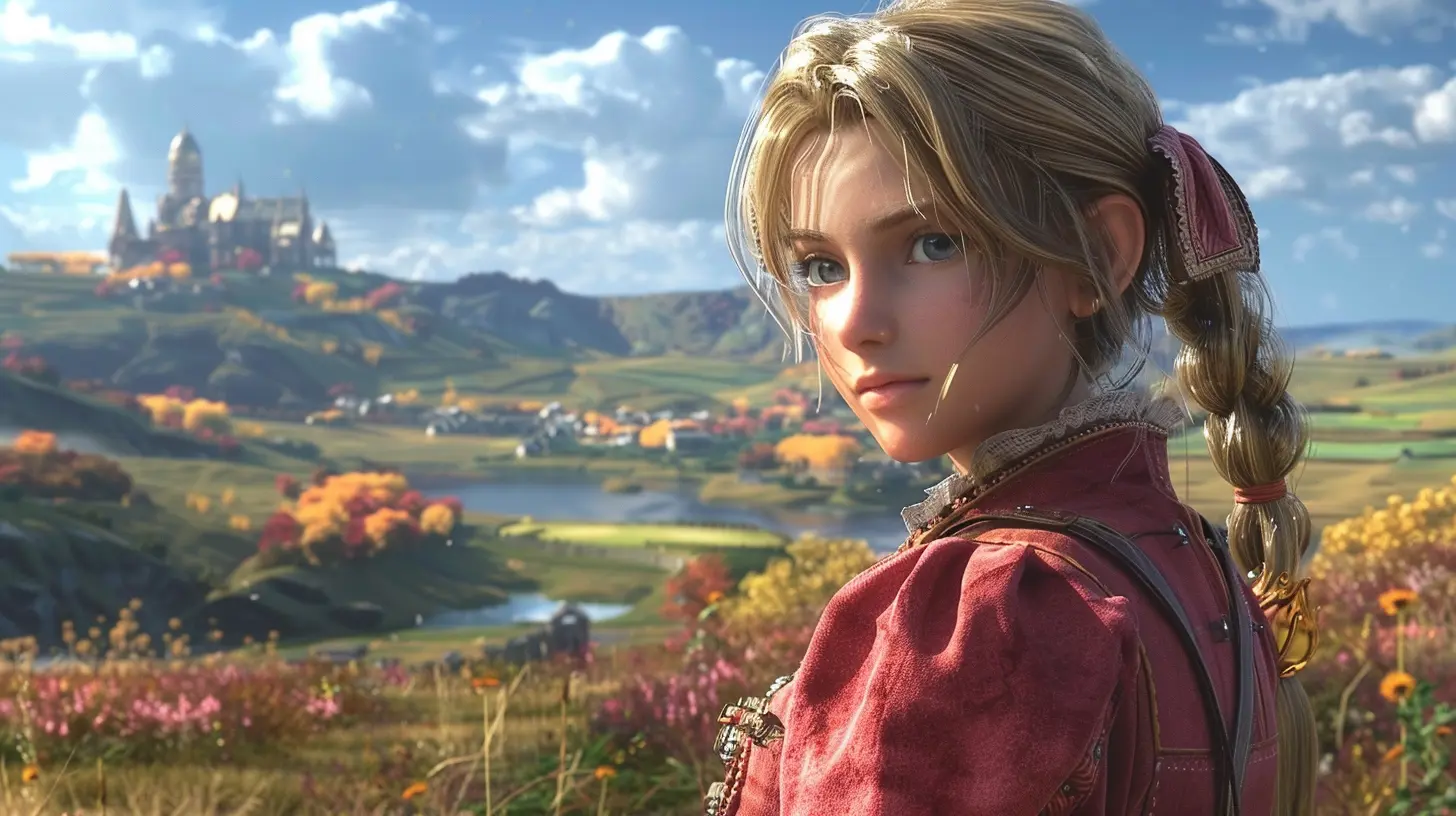
Reviving the Classics: Breathing New Life into Old Favorites
At its core, a remake’s job is simple—give an old game new life. For many JRPGs, this means addressing things like outdated graphics or awkward control schemes. Let’s be honest, as much as we might adore Final Fantasy VII’s original polygonal charm, Cloud’s blocky hands holding a sword the size of a bus isn’t quite how we pictured it in our heads.Take the Final Fantasy VII Remake, for example. Square Enix didn’t just dust off an old game and call it a day. They rebuilt it from the ground up, swapping out dated visuals for jaw-dropping, next-gen graphics that captured every tiny detail from Midgar’s neon lights to Aerith’s subtle facial expressions. And don’t even get me started on the music—remixed to perfection yet still incredibly nostalgic.
But it’s not just about aesthetics. A remake often fixes clunky mechanics that simply don’t hold up anymore. Remember those painfully long load times or combat systems that felt like they came out of the stone age? Those are swapped out for fast-paced, fluid systems that modern gamers can actually enjoy.
The result? New players fall in love with these games for the first time, while veterans get to experience their old favorites in ways they could’ve only dreamed of when playing on their childhood consoles. It’s like seeing an old friend again after years, but they’ve somehow glowed up in the best way possible.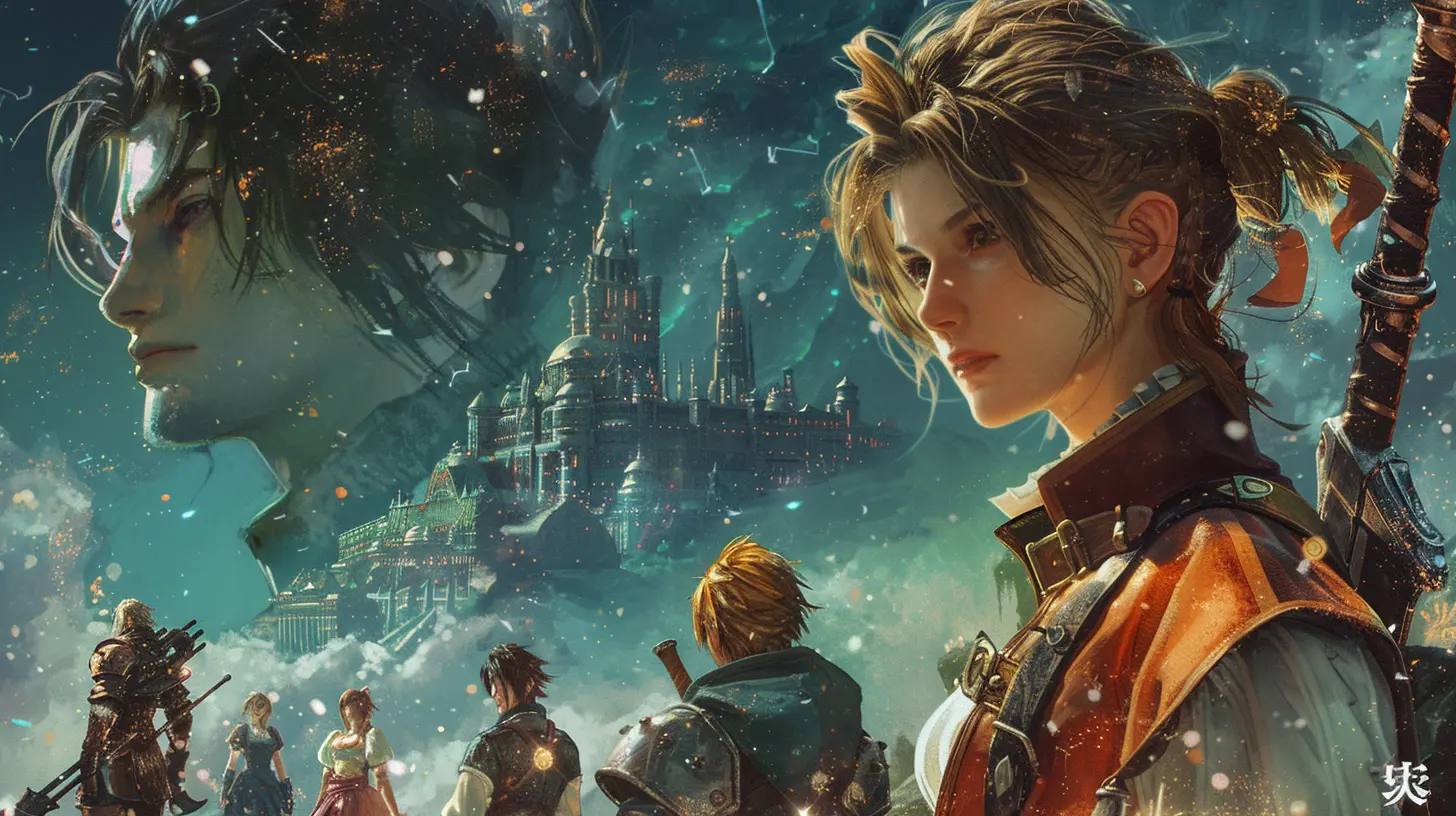
Reimagining the Story: Playing with Nostalgia
Here’s where things get interesting. Some remakes go beyond just sprucing up the visuals and mechanics—they take the original story and flip it on its head. This is a risky move, but when done right, it can be a game-changer.Take Final Fantasy VII Remake again (yeah, it’s THAT good). It didn’t just retell the original story. It expanded on it, adding deeper character development, new story beats, and even some bold, unexpected twists. Without spoiling anything, let’s just say the remake keeps you guessing—even if you’ve played the original a dozen times.
This reimagining approach doesn’t just cater to newcomers; it challenges long-time fans to see the game in a brand-new light. It’s like watching your favorite movie remade with alternate endings and surprise scenes you never saw coming. Sure, it might ruffle a few feathers among purists, but innovation always does.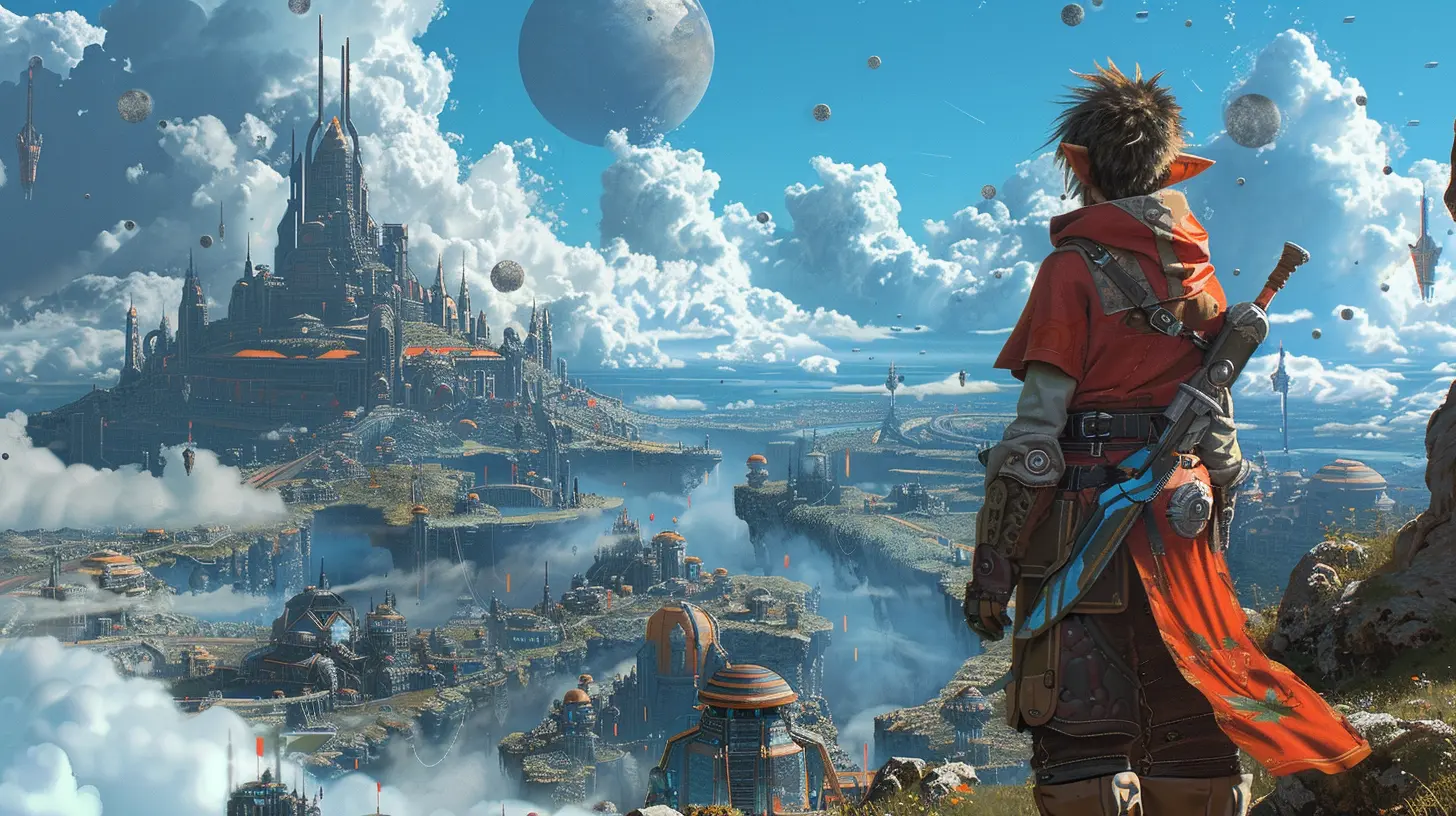
Rethinking the Formula: When Remakes Go Beyond Expectations
This is where remakes go from being “just good” to downright legendary. Some go beyond being a trip down memory lane and rethink what the game could be if it were designed today. It’s like taking an old sports car and turning it into a high-performance supercar—it’s the same foundation, but you’d hardly know it from the new bells and whistles.A great example of rethinking can be seen in games like Trials of Mana and Live A Live. These remakes didn’t just modernize gameplay—they introduced features and perspectives that felt fresh without losing the essence of the originals. Players got new camera angles, 3D environments, updated voice acting, and refined combat systems, creating experiences that felt simultaneously brand new and delightfully nostalgic.
And sometimes, rethinking means tweaking the pacing of the game—making it tighter, more intuitive, and better suited for today’s audiences. Let’s be real, no one has time for 20 hours of grinding anymore (okay, maybe a few of us do). Developers know this and use remakes as a chance to streamline those rough edges without sacrificing depth.
The Nostalgia Trap: When Remakes Miss the Mark
Okay, let’s address the elephant in the room—not all remakes are winners. Some developers fall into the “nostalgia trap.” You know, when a studio relies too much on the original game’s charms, tinkers too little with its flaws, and serves up a lukewarm version that doesn’t satisfy old or new players. It’s like reheating leftover pizza—the magic isn’t quite there anymore.Worse yet, some remakes lose the spirit of what made the original special in the first place. They become too focused on flashy graphics or trendy mechanics, forgetting that JRPGs are all about heart and soul. When a remake feels like it’s trying too hard to fit in with modern games instead of standing proudly on its own, it’s a bummer for everyone.
Why Remakes Matter: Honoring Legacy While Building the Future
JRPG remakes aren’t just about nostalgia—they’re about giving these timeless stories and characters a chance to shine for new generations. Imagine a teenager in 2023 picking up Chrono Cross: The Radical Dreamers Edition and falling head over heels for its time-bending plot. That’s the beauty of remakes—they bridge the gap between the past and the present, ensuring these masterpieces aren’t forgotten.And let’s not forget that remakes can also pave the way for sequels or spin-offs. A well-received remake can reignite interest in a long-dormant franchise, nudging developers to dip back into the vault for more. In a way, they’re like sparks lighting up the creative flames. If you’re someone who’s been holding out hope for a Legend of Dragoon revival, you know what I’m talking about.
JRPG Remakes We’d Love to See
With so many classics out there, it’s hard not to dream about which JRPGs deserve the remake treatment next. Imagine a modernized Suikoden II, with its massive cast of characters rendered in stunning 3D. Or how about EarthBound finally getting the love it deserves, with updated visuals and voice acting to bring its eccentric charm to life?The possibilities are endless, and honestly? The future of JRPG remakes feels brighter than ever. Fans are hungry. Developers are emboldened. And technology has made it easier than ever to transform beloved classics into modern masterpieces.
Closing Thoughts: More Than Just Games
At the end of the day, JRPGs are more than just video games. They’re stories that shape us, memories that unite us, and worlds we carry with us forever. Remakes are a chance to revisit those worlds, not just as they were, but as they could be—bigger, bolder, and better.So whether you’re an old-school fan eager to see your childhood favorite get the glow-up it deserves or a newcomer curious about the legends of the past, there’s no denying the power of JRPG remakes. They’re living proof that some stories are worth telling again, and again, and again.
all images in this post were generated using AI tools
Category:
JrpgsAuthor:

Leandro Banks
Discussion
rate this article
2 comments
Korian McAnally
This article provides insightful perspectives on the evolution of JRPG remakes. It's fascinating to see how developers balance nostalgia with modern gameplay mechanics to breathe new life into these classics. I look forward to seeing how these reimagined titles continue to shape the genre's future. Great read!
October 23, 2025 at 4:47 PM

Leandro Banks
Thank you! I'm glad you enjoyed the article and found the balance between nostalgia and modern gameplay intriguing. Exciting times ahead for JRPGs!
Gwen Benton
Fascinating to see how JRPG remakes blend nostalgia with innovation! Which classic do you think deserves the most reimagining next?
July 27, 2025 at 4:55 AM

Leandro Banks
I think "Chrono Trigger" deserves a reimagining. Its timeless story and innovative gameplay could shine with modern graphics and mechanics while retaining its nostalgic charm.
